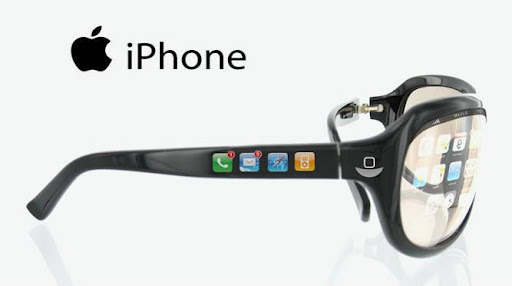You’ve seen humanoid robots in Star Wars, Terminator, Robocop, AI, and a host of genre movies that define our relationship with the bot. Now, they’re everywhere and come in all sizes and shapes, impacting our lives in many ways. In a classic case of art imitating life, smart bots are securely in our future because business and industry have them in place to do tasks faster, better, more efficiently, and cheaper. They go without sleep, don’t complain, have no social security, don’t go on medical leave or vacays, are totally fine with doing dirty jobs, and never ask for a raise. But more importantly, working-class bots can provide the necessary “manpower” in aging economies where dwindling numbers and a protectionist policy against immigrant workers can threaten business operations.
Japan’s population is predicted to be 1/3 of current numbers by 2065 with 40% over the age of 65 – a trend that is pretty much in the future of the U.S., China, and Europe. Because of that crucial need to sustain future operations profitably in the face of a shrinking labor force, robots are now in every facet of modern life, in its different forms, shapes, functions, and integrations.
For over two years now, robots have been assisting travelers at Haneda Airport, a progressive domestic airport in Japan with baggage loading and check-ins. It also has a multi-lingual roving robot that helps guests find their way and other bots that carry your bags, clean-up and even sell you a sim! In Japan, the customer is king so it even has a customer service robot providing concierge services. Go ahead and ask this shiny bot where you are, the best places to go, and the best buys – it has all the answers, and it speaks perfect English too! In San Jose (USA) airport, they have rolled-out pioneering “lady bots” called Amelia that have touchscreen menus. As a bonus, it can even take selfies and mail these to you. The combination of utilitarian and the frivolous is a charming combination in this bot that was developed in Silicon Valley.
These past two years, prototype models were developed and tested in anticipation of language and service needs for the Tokyo Olympics in 2020. Other airports like Narita and another in South Korea have robots customized for their needs.
Japan’s biggest names in business and manufacturing are into robots – in a big way! As early as 2008, Japanese robotics Professor Hiroshi Ishiguro developed the ‘Geminoid’ – an android that was practically his clone. In 2014, Honda, a leading name in car manufacturing introduced the humanoid Asimo, a bar-tending robot that can even communicate using sign language. In development for over 30 years, it would be right at home in a Star Wars movie. Not to be outdone, NASA also produced Valkyrie, also known as a Superhero Robot and Tempest produced Edi, a robot designed to work closely with humans with its sensing technology and smooth movements. China in a battle for human-looking bots came out with Jia Jia, a remarkably realistic-looking robot cable of microexpressions. Since then we’ve had Sophia and Erica, lifelike robots that have fascinated the world because of their intelligent speech and interactiveness. According to their manufacturers, these bots have myriad uses such in customer service and can even be on network television as newscasters. Even Amazon, the world’s biggest shopping mall has robot assistants fielded in warehouses – no wonder you get products in a snap!
Since then, IoT and AI have spewed robots for the home and the workplace. They make life easy by automating chores and are so good at it that they can even “run” hotels and can communicate and store information in the cloud. We are also looking at a future were taxibots and other Avatar-like bots will be mainstreamed. In the last decade, robots performed intricate tasks in manufacturing plants on the operating table. Today they can also be made to faultlessly forage for information even in the most dangerous environments. In fact, Toshiba is now using submersible robots to probe the damaged nuclear reactor in Fukushima. Truly they can go where humans fear to tread.















